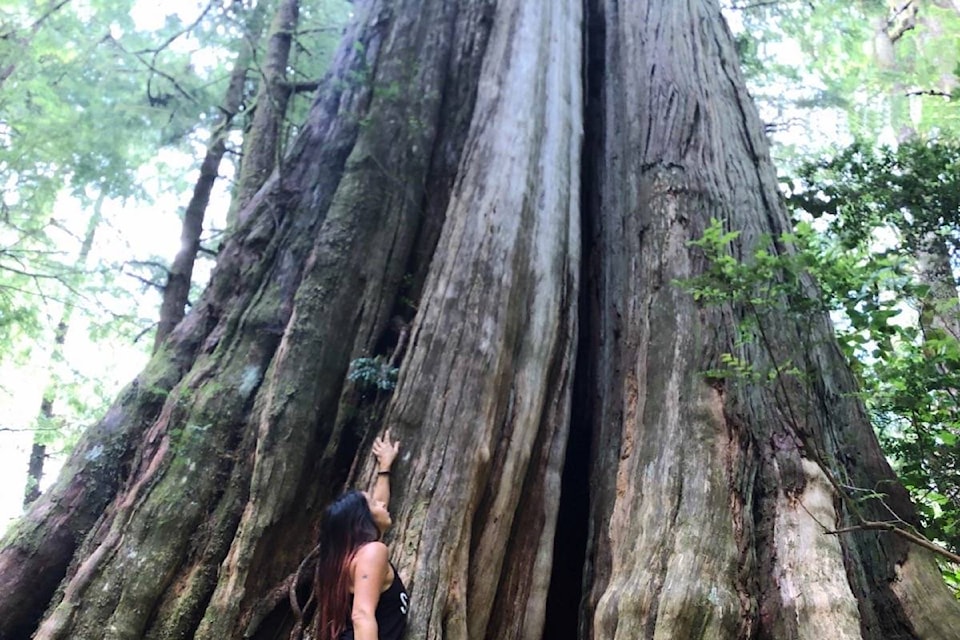A representative from Ma-Mook Natural Resources Ltd., the forestry corporation that owns the Tree Farm Licence for area 54 and 57 in Clayoquot Sound, said they are coming to terms with the Sept. 11 announcement from the Province about deferring old growth harvesting in their areas.
Ma-mook is a privately held company and a partnership of the Ahousaht, Hesquiaht, Tla-o-qui-aht, Toquaht and Ucluelet First Nations.
“The company has to come to terms with acknowledging and responding to the Nation’s interests. [The old growth deferral] will impact the bottom line. However, we have also known several Nations want to go in a different direction and this prompts us to explore that possibility,” said a spokesperson from Ma-mook via email.
“It is up to the Nations to decide how they want to proceed. B.C. has made strong commitments to work with the Nations to advance forest management together. The Nations want that and the company must find ways to be resourceful and patient during this process,” the statement from Ma-mook read.
In January 2000, with the support of local First Nations, communities, and the federal and provincial governments, Clayoquot Sound was designated as the Clayoquot Sound UNESCO Biosphere Region (CSUBR).
Rebecca Hurwitz, executive director of the Clayoquot Biosphere Trust, said the UNESCO Biosphere designation does not in fact offer any additional protection or legislation for old growth harvesting.
She said the Clayoquot Sound UNESCO Biosphere Region’s core protected areas are comprised mainly of national and provincial parks.
“Biosphere Regions are local sites that receive global recognition for having established successful approaches to sustainable development though balancing the cultural, economic, and social needs of local communities with the environment.The recent announcement of B.C.’s new holistic approach to protecting old growth forests in Hesquiaht, Ahousaht, and Tla-o-qui-aht territory is an excellent demonstration of these values in action. The Province has made it clear that their next step will be further engagement with First Nations. It’s an exciting to witness this major step towards achieving biodiversity conservation, sustainable development and reconciliation,” said Hurwitz.
“We’re in the process of learning more about the specifics of the [Sept. 11] announcement through our board and board advisors from the Province,” she continued. “We recently hosted representatives of Tla-o-qui-aht and Ahousaht to share updates on their land visioning processes in order to build regional understanding. We will welcome a representative of Hesquiaht at our October board meeting. The core area may increase based on this significant step towards the implementation of the Ahousaht hahoulthlee Land Use Vision, the Tla-o-qui-aht Tribal Parks Vision and the Hesquiaht land visioning process that is also underway.”
nora.omalley@westerlynews.ca
Like us on Facebook and follow us on Twitter
READ: Vancouver Island Indigenous leaders supportive of B.C.’s new plan for old forest preservation
READ: STANDING TALL: Forestry workers meet the challenges, remain hopeful
